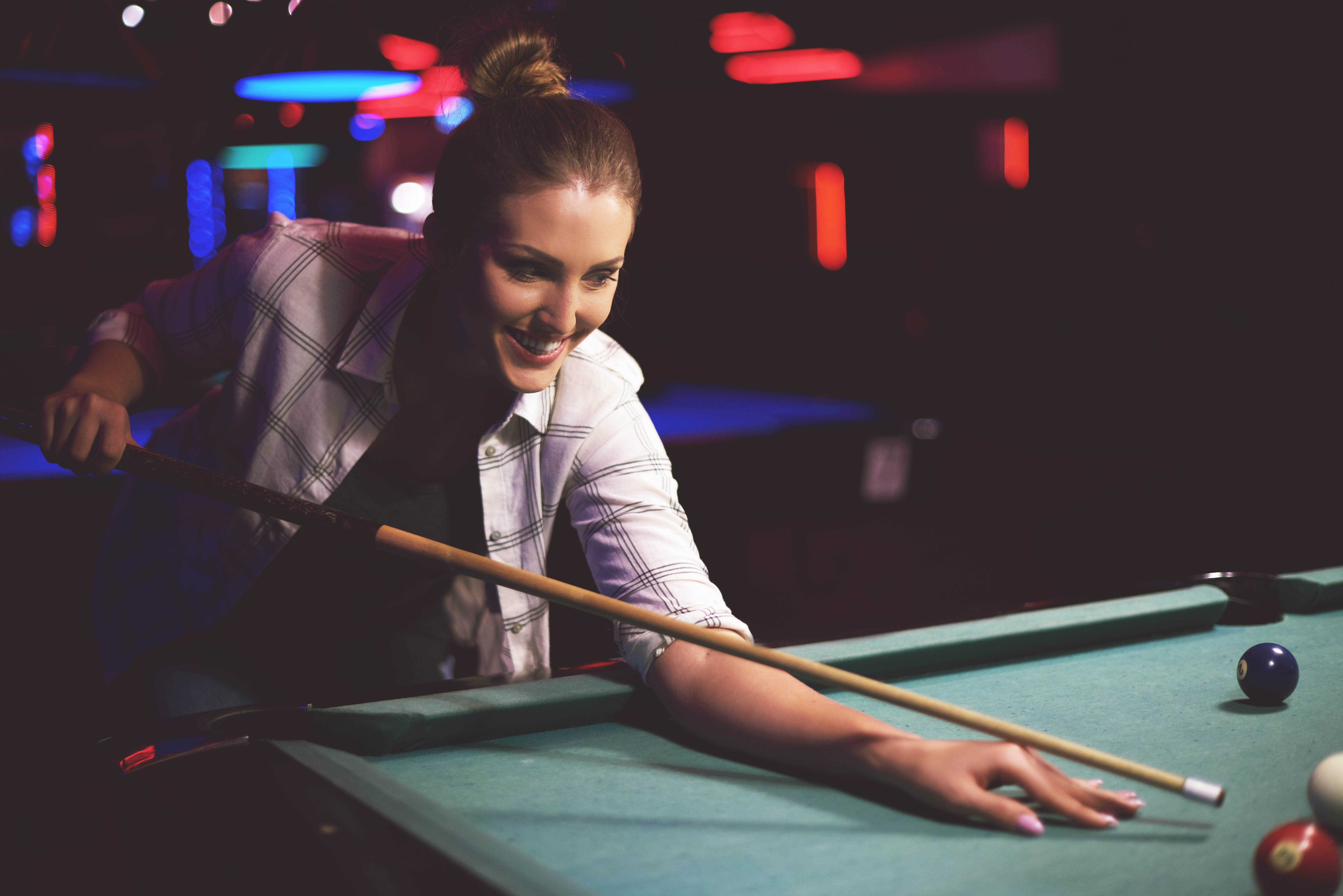When it comes to bringing a shuffleboard table into your home, making the right choice is crucial. This guide will help you understand the different factors you need to consider to ensure that you choose a shuffleboard table that fits your space, meets your quality expectations, and matches your personal style.
Understanding Shuffleboard Table Sizes
One of the first decisions you'll need to make is what size shuffleboard table will best fit your space. Shuffleboard tables come in various lengths, typically ranging from 9 to 22 feet. The most common sizes for home use are 12, 14, and 16 feet. When deciding on the size, consider the following:
Measuring Your Space
Before purchasing a shuffleboard table, measure the space where you plan to place it. Remember to account for additional space around the table for comfortable play. Ideally, you should have at least two feet of clearance on all sides. This ensures that players can move freely and that the gameplay experience is enjoyable.
Considering Table Length
The length of the table significantly impacts gameplay. Longer tables provide a more challenging and enjoyable experience, but they require more space. If you have limited space, a shorter table might be a better option. However, if you have enough room, opting for a longer table can enhance the competitive nature of the game.
Table Width and Height
While the length is often the primary consideration, don't overlook the width and height of the table. Standard shuffleboard tables are 20 inches wide, but some compact models are available. The height of the table should also be comfortable for all players. Most tables are around 30 inches high, but this can vary slightly between models.

Material and Construction Quality
The material and construction quality of a shuffleboard table greatly affect its durability and playability. Key materials to consider include:
Playing Surface Material
The playing surface is the most critical part of the shuffleboard table. It is usually made from hardwoods like maple or birch, which are known for their durability and smooth finish. Some tables use synthetic materials, which can also provide a smooth surface but might not offer the same longevity as hardwood.
Table Frame and Legs
The frame and legs should be sturdy to support the weight of the playing surface and withstand the impact of pucks. High-quality tables often use solid wood or metal for the frame and legs, providing both stability and longevity.
Coating and Finish
A proper coating on the playing surface is essential for smooth gameplay. Most tables use a polymer coating, which helps the pucks glide effortlessly and protects the wood from damage. Ensure the table you choose has a high-quality finish that will withstand regular use.
Choosing the Right Style
The shuffleboard table should complement your home décor. There are various styles to choose from, ranging from classic to contemporary. When selecting a style, consider the following:
Traditional vs. Modern Designs
Traditional shuffleboard tables often feature rich wood finishes and ornate detailing, making them a great fit for classic or rustic interiors. Modern designs might use sleeker lines and materials like metal or glass, suitable for contemporary spaces.
Customization Options
Some manufacturers offer customization options, allowing you to choose the finish, color, and even add personalized logos or graphics to the table. This can be a great way to ensure the table matches your home's aesthetic perfectly.
Budget Considerations
Your budget will play a significant role in determining which shuffleboard table you can afford. Prices can range from a few hundred to several thousand dollars. When budgeting, consider:
Balancing Quality and Cost
While it might be tempting to go for the cheapest option, investing in a higher-quality table can save you money in the long run by avoiding repairs and replacements. Consider the features that are most important to you and allocate your budget accordingly.
Additional Costs
Don’t forget to account for additional costs such as shipping, installation, and accessories like pucks and maintenance kits. These can add up quickly, so it's important to factor them into your overall budget.
we've covered the basics of choosing the right shuffleboard table for your home, focusing on size, material, style, and budget. In the next part, we'll delve deeper into maintenance, game rules, and other essential considerations to help you make a well-informed decision.





